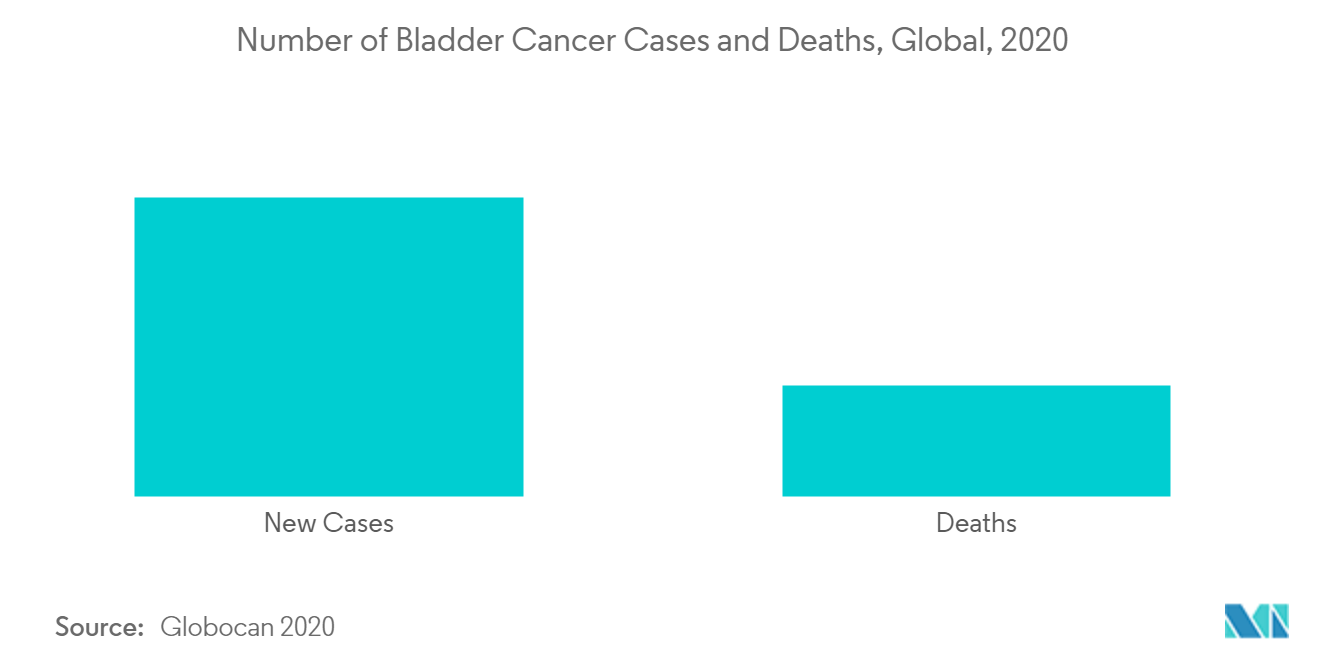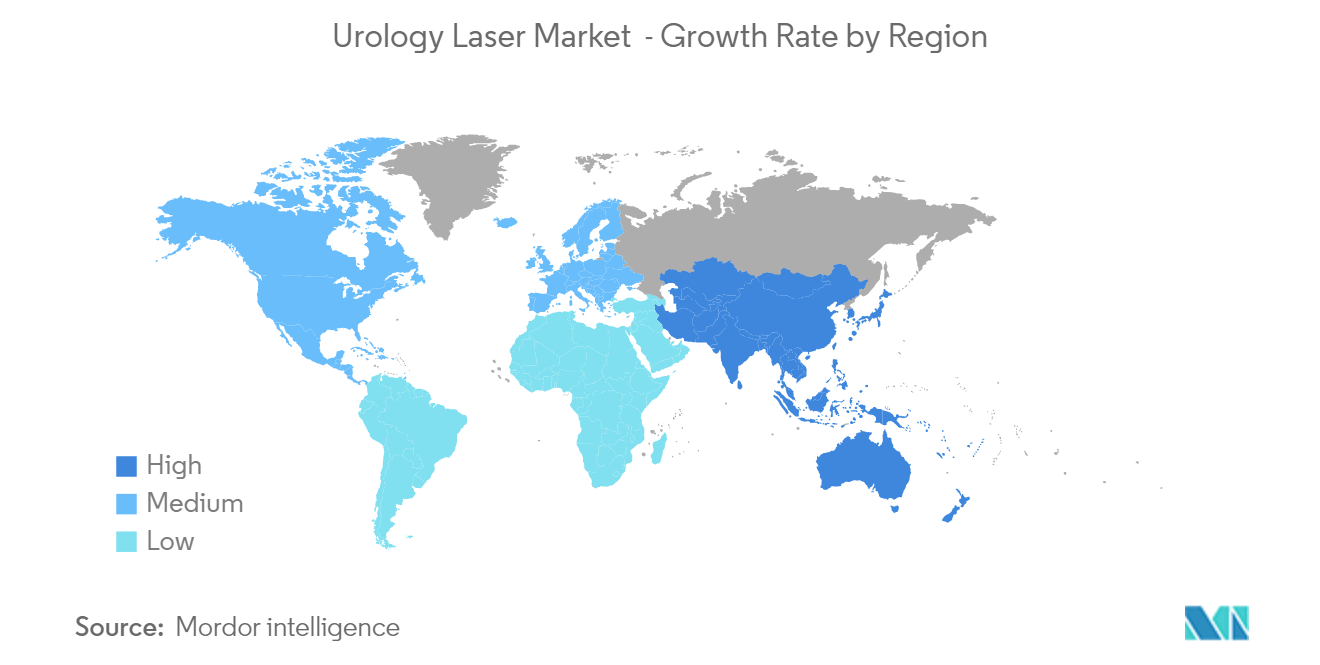Market Trends of Urology Laser Industry
This section covers the major market trends shaping the Urology Laser Market according to our research experts:
Benign Prostatic Hyperplasia (BPH) Expected to Generate Highest Revenue in the Application Segment of the Urology Laser Market
Benign prostatic hyperplasia is a medical condition involving the enlargement of the prostate gland, and it is highly prevalent in males. It is a non-cancerous growth of the prostate gland originating from the uncontrolled expansion of prostate cells. The common symptoms associated with BPH include frequent urination, urine initiation difficulties, a weak urinary system, and the inability to empty the urinary bladder.
The majority of the benign prostatic hyperplasia patient population is elderly, and as the geriatric population is growing, the burden of this disease is also increasing, boosting the demand for laser treatment in this segment. According to the World Ageing Population report, in 2020, around 727 million people aged 65 years and above were living across the world. Over the next three decades, this older population is expected to increase steadily and more than double, to reach over 1.5 billion by 2050. Eastern and South-eastern Asia are expected to observe the highest increase by about 312 million in the coming years compared to any other region. Moreover, the growing burden of bladder cancer globally, whose risk is higher among the elderly population, is also expected to boost the market growth.
Furthermore, according to the study titled, 'The Prevalence and Associated Factors of Lower Urinary Tract Symptoms Suggestive of Benign Prostatic Hyperplasia in Aging Males,' published in May 2020, disease prevalence was the highest in elderly patients (aged 70 years and above), amounting to about 22.7%. Several new laser treatments are also being studied to improve patient outcomes. For instance, in December 2020, a group of surgeons from St Vincent's Private Hospital, Australia, were working with a 152-watt laser based on virtual basket technology and designed in Italy to treat benign prostatic hyperplasia. Such instances are expected to support market growth.
Additionally, as the post-COVID-19 pandemic is gradually resuming, healthcare providers are shifting their focus toward BPH treatment, and an optimistic approach toward active collaboration for BPH treatments is expected. This will boost the market studied. Hence, positive growth is expected in this segment over the forecast period.

North America Expected to Hold Significant Market Share in the Forecast Period
North America currently dominates the market for urology laser devices and is expected to continue its stronghold for a few more years owing to the increasing prevalence of urolithiasis, BPH, and other urology-related disorders. The US is expected to be the largest market for urology lasers in the North American region owing to the increasing prevalence of urological disorders, such as bladder cancer and urinary incontinence, and the growing preference for minimally invasive procedures due to less operative time and fewer complications.
The emergence of novel technologies and their adoption is helping the market studied to grow in the US. Rising healthcare expenditure is the primary factor responsible for the growth of the healthcare sector in the country. According to the American Cancer Society, the estimated new cases of bladder cancer in Americans in 2020 were around 81,400 (men: 62,100, women: 19,300) and about 17,980 deaths occurred due to it in the US.
According to the US Census Bureau 2019 estimates, the population aged 65 years and above increased by 3.2% from 2018 to 2019, and it is expected to rise from around 56 million in 2020 to 94 million by 2060. The older population is often susceptible to urological diseases, especially urinary incontinence, which is propelling the market growth. Laser therapy seems to be a promising alternative approach to urinary incontinence in women. The country has well-established companies that are continuously engaged in developing new products. In October 2020, Olympus launched the Soltive SuperPulsed Laser System (Soltive Laser System) for the application of thulium fiber laser technology designed for stone lithotripsy and soft tissue applications. Hence, the aforementioned factors are expected to contribute to the growth of the urology laser market in the region.


